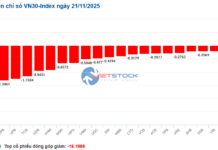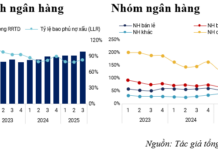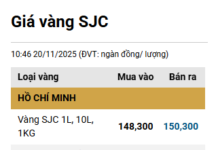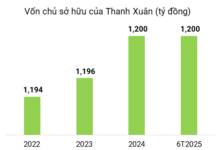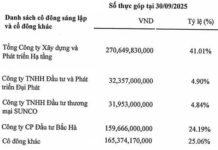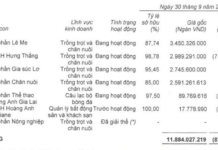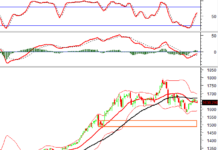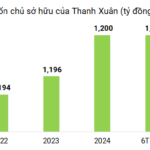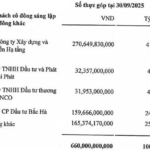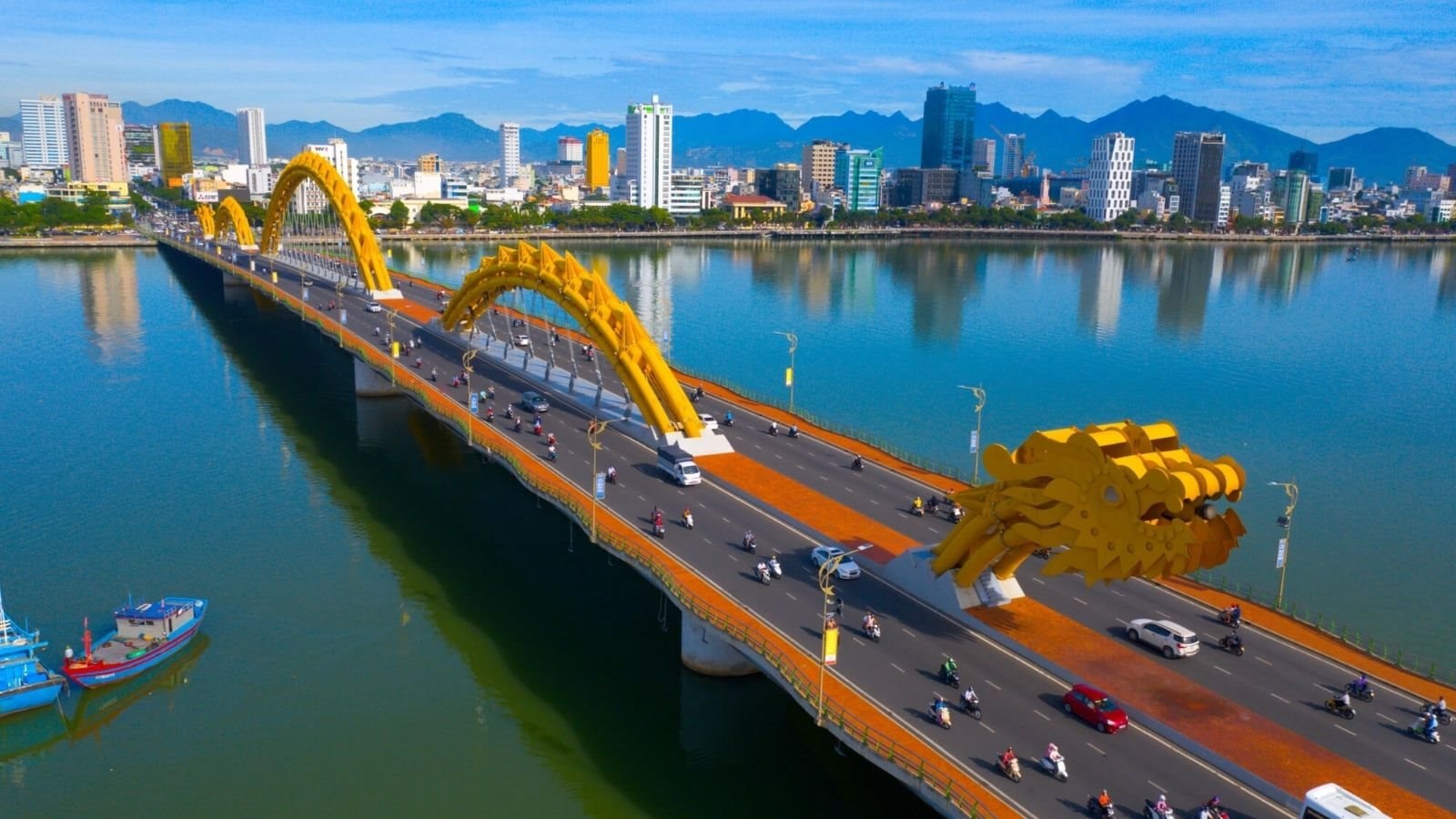
Recently, in an interview with Báo Đầu tư, Professor Trần Văn Thọ of Waseda University (Japan) outlined three economic growth scenarios for Vietnam. The first scenario, though challenging, suggests that if Vietnam achieves an average GDP growth of 10% annually from 2026 to 2035, followed by 7% from 2036 to 2050, it could become a high-income country by 2039.
The second scenario, considered more feasible, projects an average GDP growth of 7.5% from 2026 to 2030, followed by 10% from 2031 to 2040, allowing Vietnam to reach high-income status by 2039.
The third scenario, deemed the most likely, avoids double-digit growth entirely. With an average GDP growth of 8.5% from 2026 to 2035 and 5.5% from 2036 to 2045, Vietnam would still achieve high-income status by 2044.
Professor Thọ emphasized, “Regardless of the scenario—optimistic, moderate, or challenging—Vietnam has a strong likelihood of becoming a high-income country before 2045, following the footsteps of Japan in 1969, South Korea in 1995, and China, which is expected to reach this milestone by 2027.”
In the World Bank’s fiscal year 2025-2026, Vietnam remains classified as a lower-middle-income economy. However, by the end of 2026, it is projected to transition into the upper-middle-income category.
According to the World Bank’s forecast, Vietnam will officially surpass the lower-middle-income threshold in 2026, entering the upper-middle-income group. To achieve high-income status by 2045, Vietnam must maintain a minimum average GDP growth of 5% annually from 2025 to 2044.
The World Bank classifies economies into four income groups based on GNI per capita. In 2024, Vietnam falls into the lower-middle-income group with a GNI per capita of $4,490, surpassing regional peers like the Philippines, Cambodia, Laos, and Myanmar, but trailing behind Indonesia, Thailand, Malaysia, China, Brunei, and Singapore. To reach upper-middle-income status by 2026, Vietnam’s GNI per capita must exceed $4,496, a goal achievable with sustained economic growth.
Japanese Automaker Creates 76,000 Jobs in Vietnam, Aims to Boost Localization and Drive Automotive Accessibility Nationwide
On the morning of September 25th, Deputy Prime Minister Hồ Đức Phớc received Mr. Tiền Quốc Hào, Chairman of Toyota Asia, and his delegation during their working visit to Vietnam.
“Vietnam: Asia’s Rising Star”
“Vietnam: Asia’s Rising Star” by Brook Taylor and Sam Korsmoe offers a unique insight into Vietnam’s development trajectory. This book presents an in-depth analysis of the country’s economic and social transformation, providing a compelling forecast for Vietnam’s journey towards becoming a high-income nation.
Economic Diplomacy: The New Engine for Growth
Recognizing economic diplomacy as a vital new driver, the Prime Minister called for a rejuvenation of traditional growth dynamics and a boost to emerging drivers of development.

